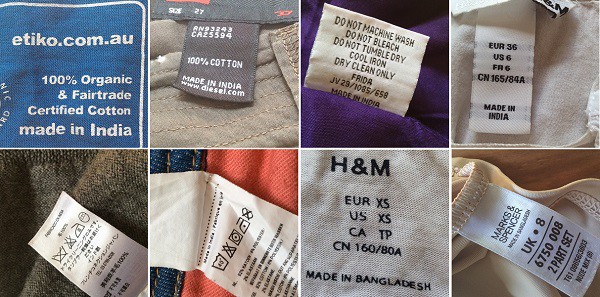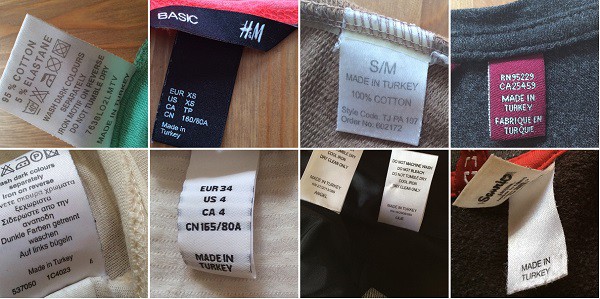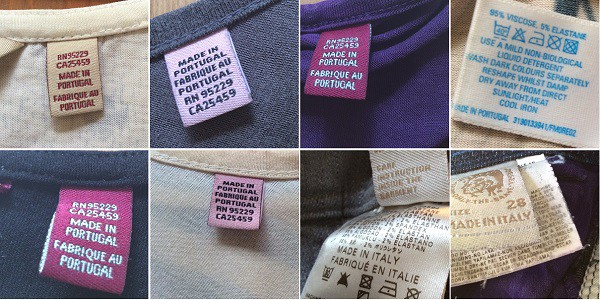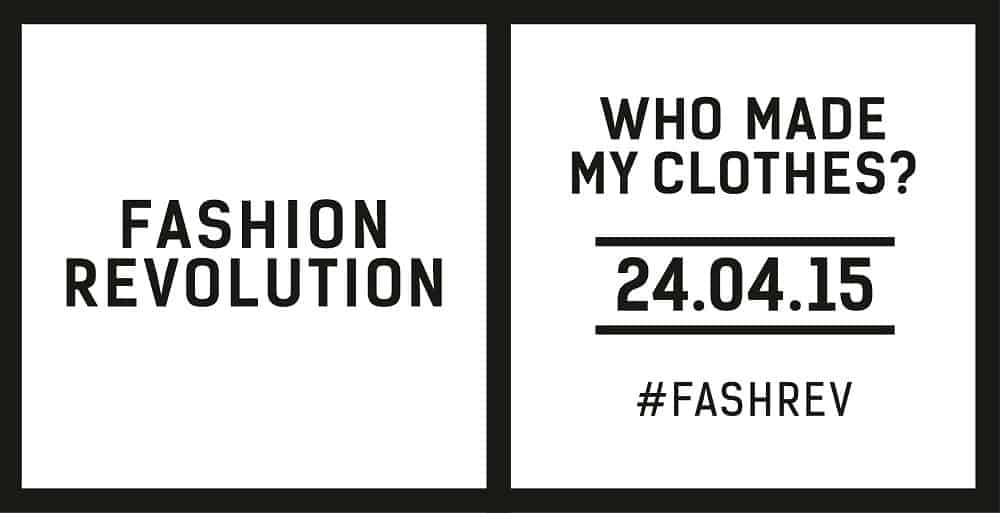Who Made Your (My) Clothes?
This week it is the two-year anniversary of the Rana Plaza disaster. On 24th April 2013 the Rana Plaza garment factory in Dhaka, Bangladesh collapsed killing 1133 people and injuring 2500 more. The people killed and injured were making clothes to be sold in Western countries. Many of the companies resisted paying compensation, some even denied their garments were being made in the factory at all. Benetton (one of the companies that originally claimed not to have used firms located at the Rana Plaza complex) only agreed to donate money to the victims’ compensation fund last week, almost two years since the accident happened.
With all the major Western fashion retailers involved having contributed, the fund remains $8 million short of its target.
To ensure that these deaths and the tragedy that occurred would stand for something, Fashion Revolution Day was born. The idea is to make people question where their clothes come from – who made our clothes? Often we buy garments with no idea who was involved, what their working conditions are like, whether they are paid a living wage or where they even live. Fashion Revolution Day exists to try to reconnect us with this chain and the values and relationships that are embedded in it.
So..Who Made My Clothes?
A good proportion of my wardrobe is second-hand, and since 2013 I’ve pledged not to add anything more to my wardrobe in an attempt to minimize and streamline. My goal is less items, more staples, better quality, responsibly manufactured, and made of natural or sustainable fabrics. Sure, there’s been a few hiccups along the way, but I’m slowly wearing things out.
But do I know where my clothes were made?
No.
Well, I didn’t…but in the spirit of Fashion Revolution day, I took every single item out of my wardrobe and read the label. Every single item. In fact, I took a photo for prosperity. There were a few things with labels so faded that they could no longer be read, and socks and tights don’t seem to come with labels, but everything else has been inspected.
Here are the results.
China: 52 Items.

Hong Kong: 2 items. Phillipines: 2 items.

India: 6 items. Bangladesh: 2 items.

Turkey: 8 items.

Portugal: 6 items. Italy: 2 items.

Malta: 1 item. Morocco: 3 items.

South Africa: 1 item. Sri Lanka: 1 item. Israel: 1 item. Australia: 1 item.

Romania: 3 items. USA: 1 item.

Unknown origin: 2 items.
I was shocked. The items in my wardrobe come from 16 different countries, plus 2 have no labels at all. Who knew my wardrobe was so multicultural? I certainly didn’t.
Of course, knowing what country at item was made in doesn’t tell me the conditions of the factory, or the minimum wage of workers. I like to think that by choosing not buying the cheapest brands (even buying most of my clothes second-hand, I avoid the cheapest brands) means I’m avoiding the sweatshops, but actually…how do I know?
The idea behind Fashion Revolution Day is to start asking questions. To look at the labels to see who the brands are, and ask the question – “who made my clothes?”
I still don’t know who made my clothes. But I know where they came from, which is more than I knew last week. It’s a good place to start from. Now I just need to ask more questions…
Now I’d like to hear from you! Have you heard of Fashion Revolution Day? Are you taking part? Do you feel you have a good sense of where and how your clothes are made? Maybe you make them yourself? Or are you like me with no real sense of where they came from? Do you have any tips for finding ethical and sustainable brands? Please share your thoughts and ideas in the comments below!
[leadpages_leadbox leadbox_id=1429a0746639c5] [/leadpages_leadbox]




